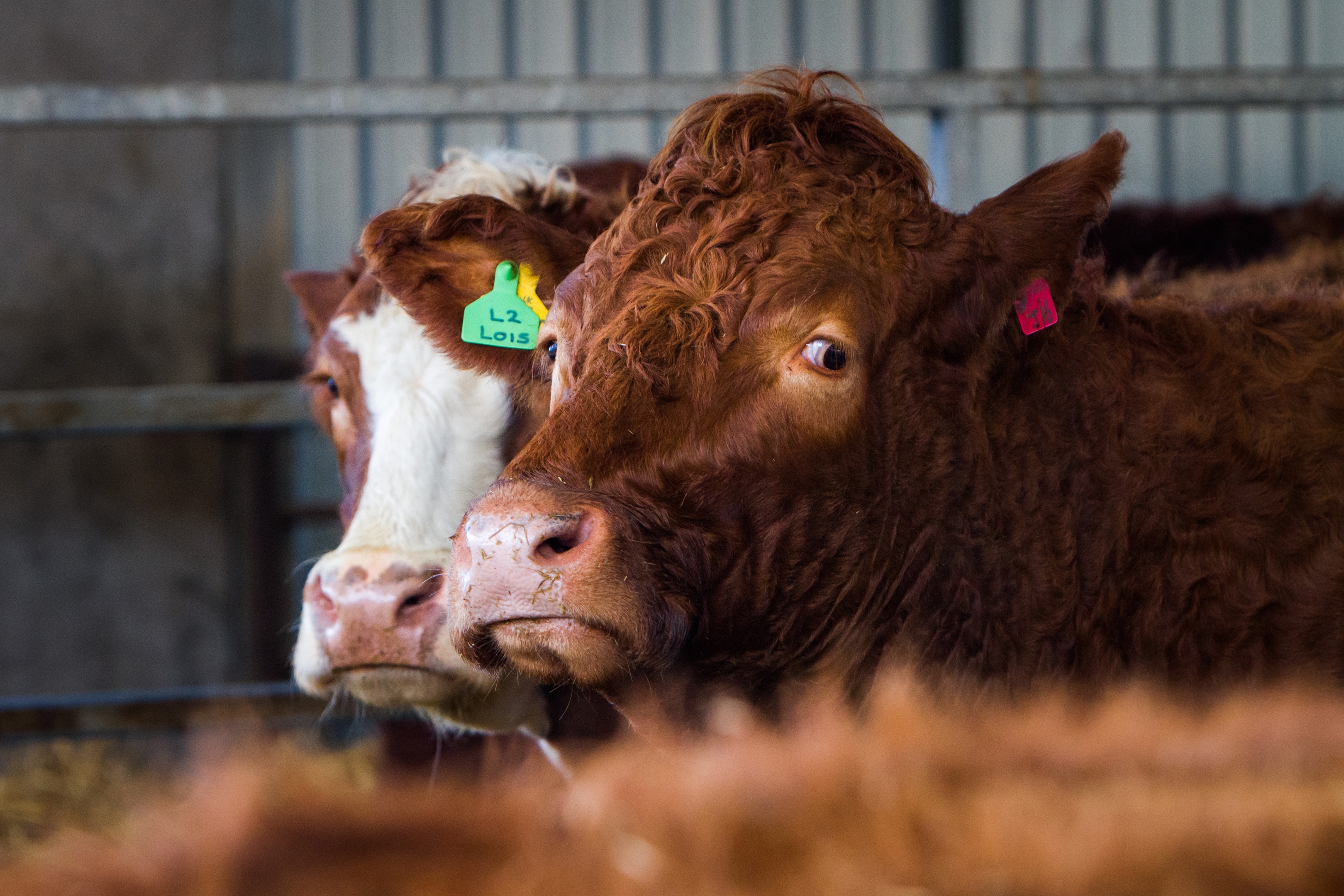A collaboration by Scottish scientists could help the livestock industry reduce its environmental impact while meeting a growing global demand for meat.
The possibility of breeding cattle that generate less methane has been discussed for several years by researchers, but it wasn’t known to what extent the cattle genome would influence the make-up of gut microbes.
The new work explored the interactions between an animal’s genetic background, its diet and the composition of its microbial community and identified microbial profiles that can be used to recognise cattle that use their feed more efficiently while also emitting less methane.
The results were reported in the international research journal PLOS Genetics and won the journal’s 2017 annual prize for outstanding research.
Professor Rainer Roehe of the Future Farming Systems research group of Scotland’s Rural College said he expected that the use of gastrointestinal microbial information would have a great impact in animal breeding in future.
He added that it could also be of great value in medicine and nutritional recommendations – including in the human species.
Professor John Wallace from the University of Aberdeen Rowett Institute said the results had huge implications for breeding farm animals on the basis of their gut microbes, for better digestion of the feed, lower greenhouse gas emissions and many other possible applications.
Professor Mick Watson of Edinburgh Genomics at Edinburgh University’s Roslin Institute said the team had employed a relatively new technique called metagenomics, which involves analysing the genetic composition of an entire organism including the microbes that exist within it.
He added: “Our study demonstrates the power of combining this approach with big data analysis tool to solve a real world problem – in this case breeding more efficient animals.”
nnicolson@thecourier.co.uk







